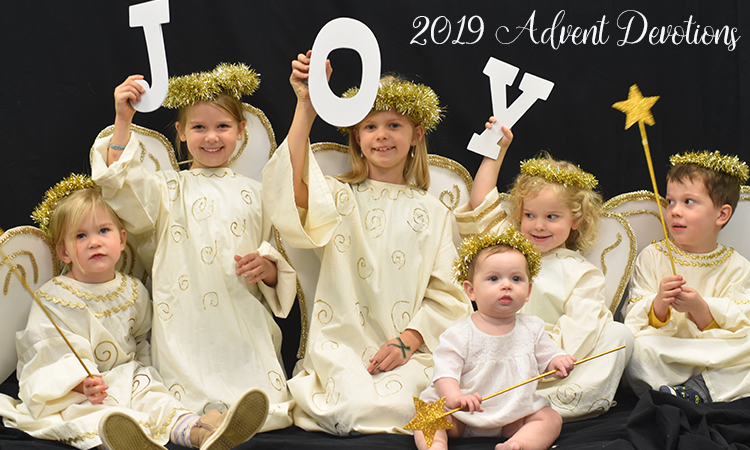When the prophet Isaiah gets around to describing God’s hopes for the world, the imagery sounds somewhat utopian. The wolf and lamb will lie down together, same for the calf and the lion, children will play where snakes live and somehow won’t be hurt. Woody Allen famously said that if the wolf and lamb ever do lie down together, it’s doubtful the lamb will get much sleep. I love that line, although I’m not sure the prophet would appreciate it.
For Isaiah this passage is so important that he includes another version near the end of his book (Isaiah 65:17-25). Apparently, animals of prey becoming friendly with foes symbolizes the peace all of us long for, whether in Advent or the middle of the summer. The Quaker preacher turned artist Edward Hicks painted some 60 versions of this scene, and many of them with a modern twist for the time, the signing of a treaty between Native Americans and Pennsylvania settlers as part of the background. For him, Isaiah wasn’t just past tense, but present too.
In the biblical text, however, the verbs are all future tense. “The wolf shall live with the lamb, the leopard shall lie down with the kid.” This forms the grammar of Advent and Christmas, the One who is, was, and is to come. Every year we remember the Christ who was born among us, but also we anticipate his coming again someday. In that spirit of both celebration and anticipation, here is a prayer from one of Christianity’s cherished hymns during Advent:
“Come, Thou long expected Jesus
Born to set Thy people free;
From our fears and sins release us,
Let us find our rest in Thee.”


